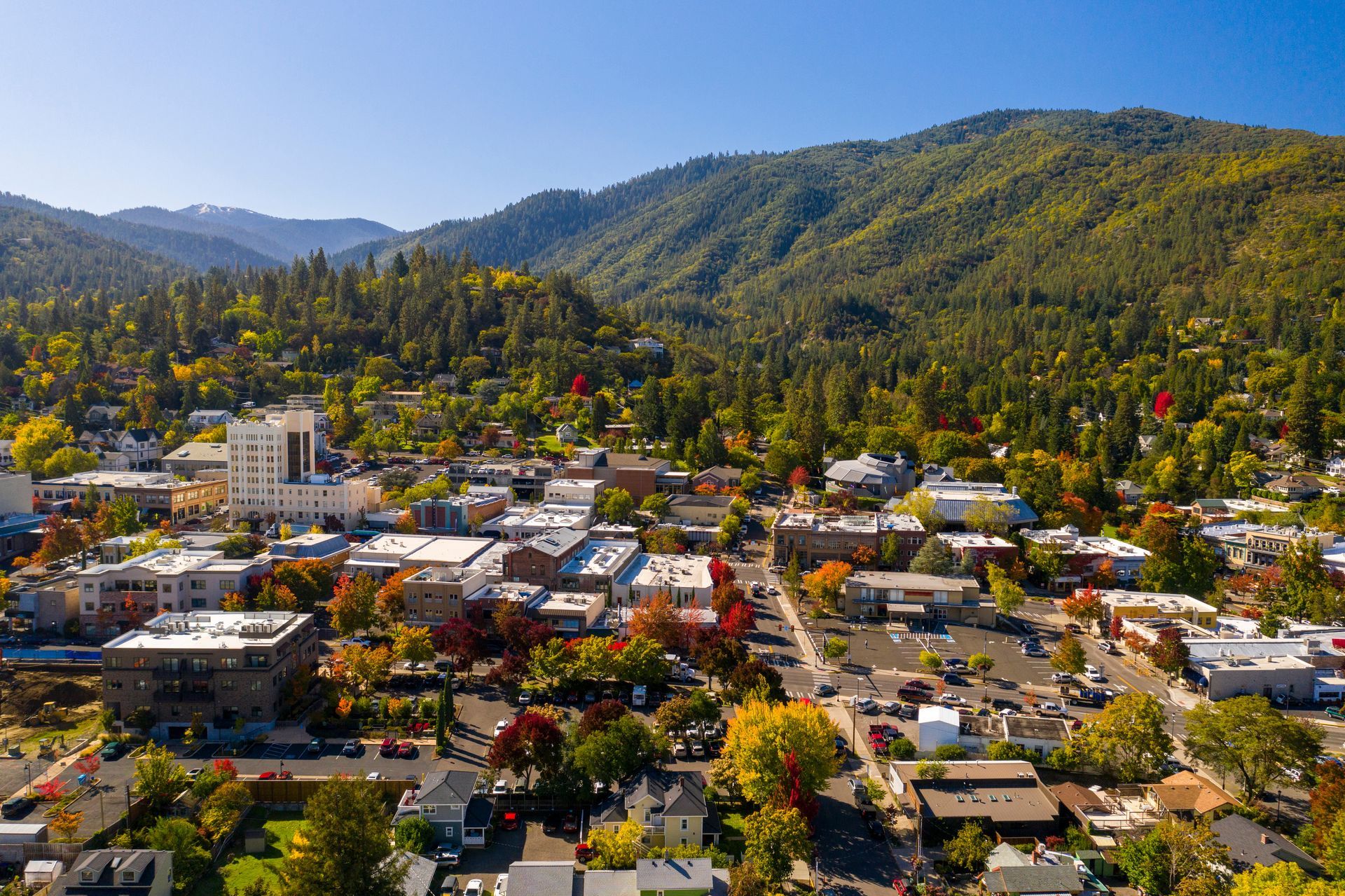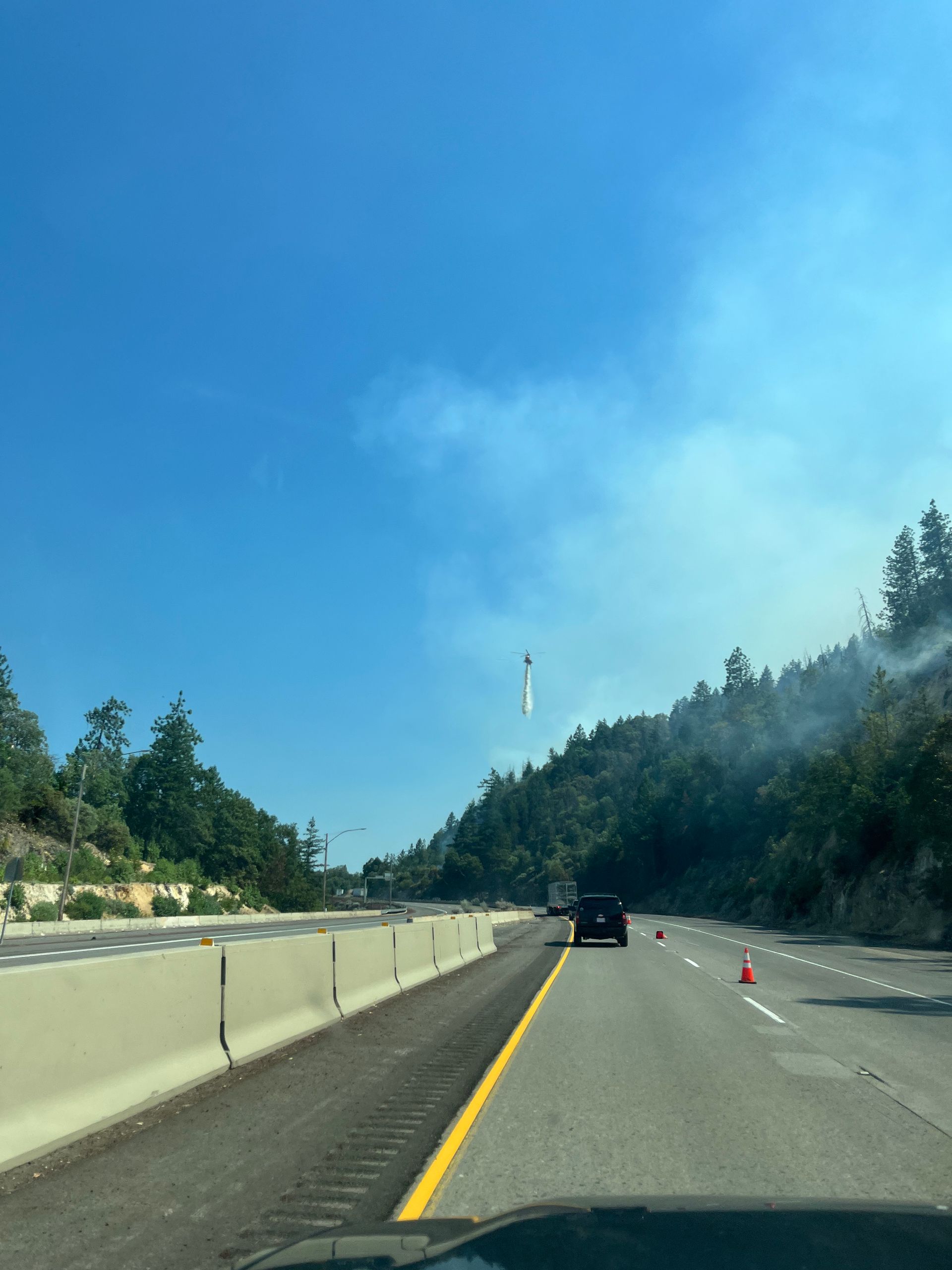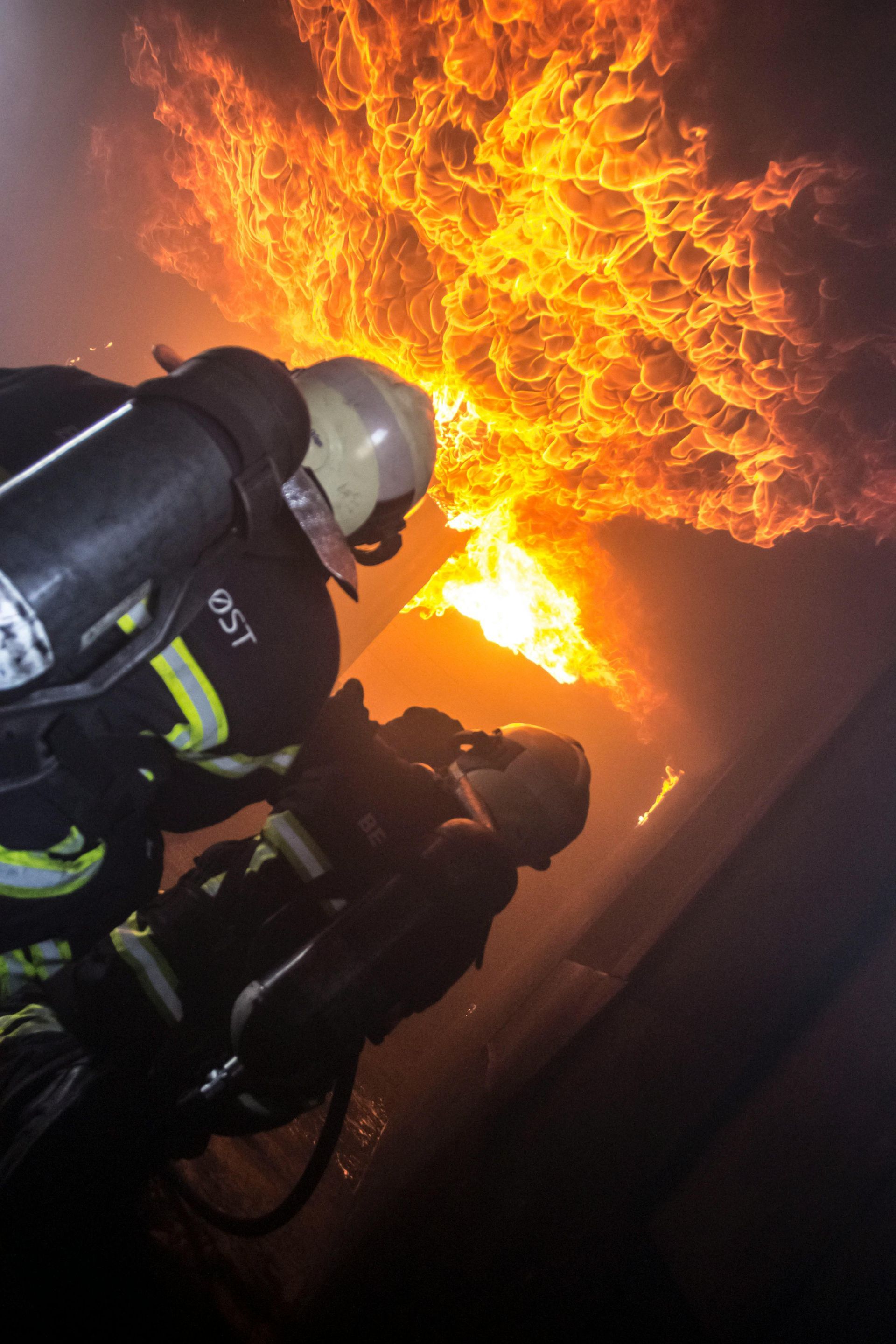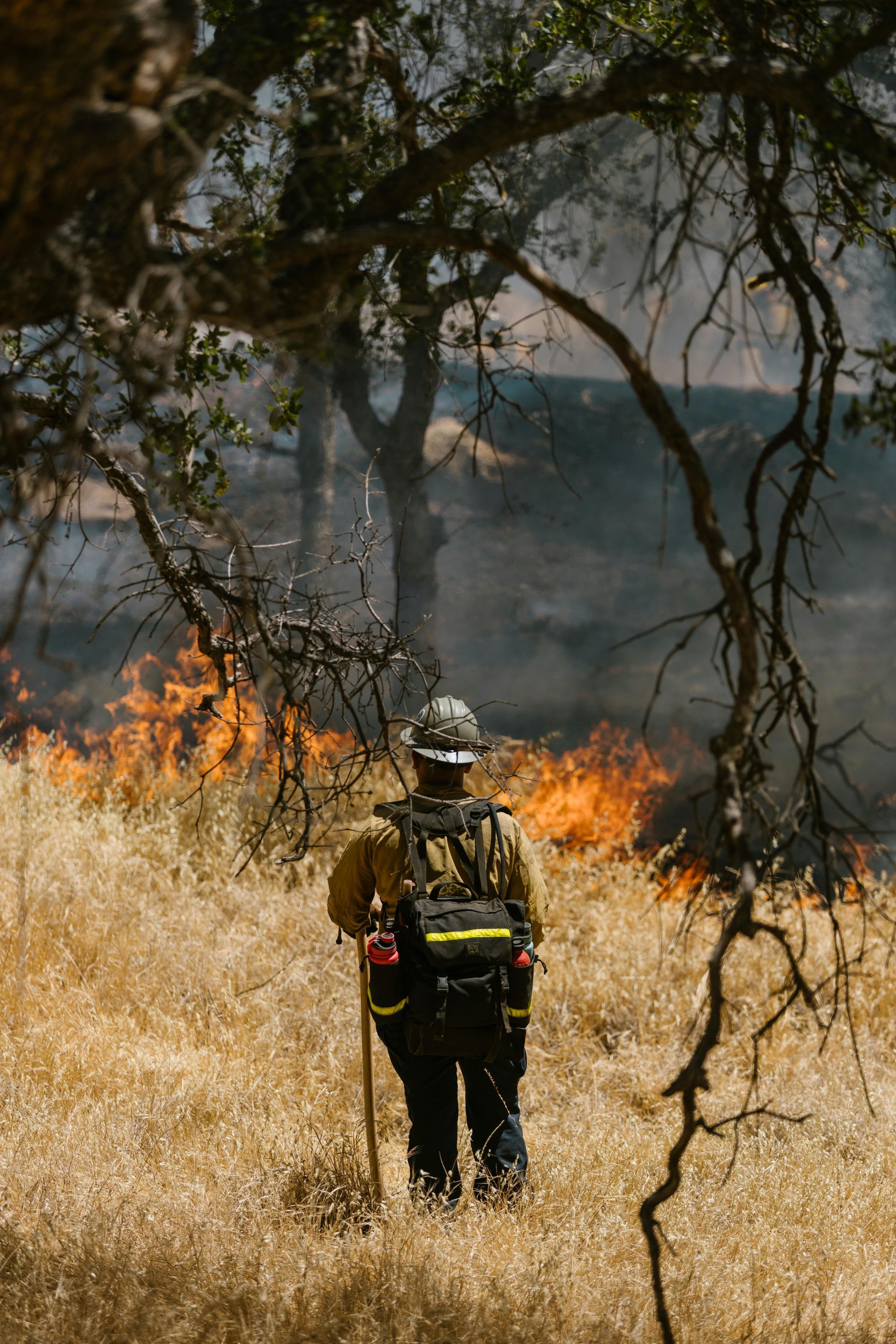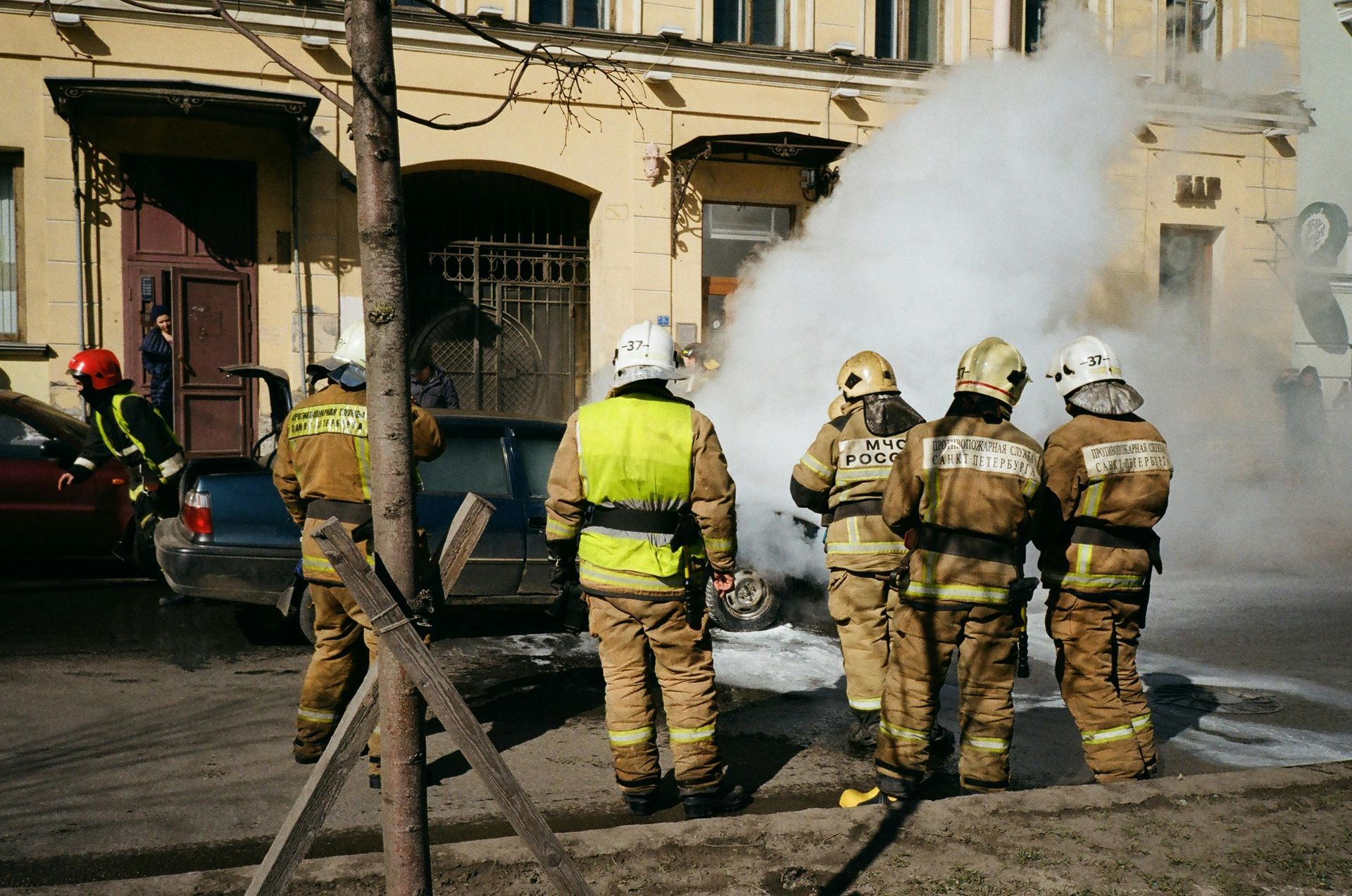Rowena Fire 2025: A Wake-Up Call for Fire Mitigation and Insurance Preparedness
Rowena Fire 2025: A Wake-Up Call for Fire Mitigation and Insurance Preparedness
The Rowena Fire, which ignited on June 11, 2025, near The Dalles, Oregon, marked a devastating start to the 2025 wildfire season. Spanning over 3,600 acres and destroying at least 56 homes, this human-caused blaze has left a profound impact on the tight-knit community of Rowena and the surrounding areas. Our hearts go out to the families displaced by this tragedy, as they navigate the emotional and financial toll of losing their homes. As we reflect on this catastrophic event, it’s a critical moment to discuss the importance of wildfire preparedness, fire mitigation strategies, and the role of insurance compliance in safeguarding communities.
The Rowena Fire: A Devastating Blow to The Dalles
The Rowena Fire erupted under unseasonably dry conditions, fueled by 30 mph winds and record-low fuel moistures. Starting just northwest of The Dalles, the fire rapidly spread through the Columbia River Gorge, threatening over 2,000 homes and forcing thousands to evacuate under Level 1, 2, and 3 orders. By Sunday, June 15, the fire had reached 24% containment, with 726 personnel, including firefighters and task forces from multiple counties, working tirelessly to protect lives and property. Despite these efforts, the loss of 56 homes and 91 other structures has left families grappling with unimaginable loss.
For residents like Andy Miles, who lost the home where his children grew up, the devastation is deeply personal. “24 years, that was home for my children, that is where they grew up, where my grandchildren played. So, it’s a tough loss,” he shared. Stories like these underscore the emotional weight of wildfires and the urgent need for communities to prepare for such disasters.
Fire Mitigation: Proactive Steps to Protect Homes
The Rowena Fire serves as a stark reminder that wildfires can strike early and with unrelenting force. Effective fire mitigation strategies are essential to reducing risk and protecting residential areas. Homeowners can take proactive steps to create defensible spaces around their properties, such as:
Clearing Vegetation: Remove dry brush, dead trees, and other flammable materials within 30-100 feet of your home to reduce fuel for fires.
Fire-Resistant Landscaping: Plant fire-resistant species and maintain a well-irrigated lawn to slow the spread of flames.
Home Hardening: Use fire-resistant roofing materials, install spark arrestors on chimneys, and seal vents to prevent embers from entering.
Community Efforts: Collaborate with neighbors to create firebreaks and participate in community wildfire protection plans.
These measures, often outlined in wildfire risk reduction guidelines, can significantly lower the likelihood of catastrophic loss. The success of fire mitigation was evident in the case of the Columbia Gorge Discovery Center & Museum, which sustained only minor exterior damage due to proactive fireproofing efforts.
Insurance Compliance: A Safety Net for Recovery
For families affected by the Rowena Fire, insurance coverage is a lifeline for rebuilding. However, navigating insurance policies can be complex, especially in the aftermath of a disaster. Ensuring compliance with insurance requirements is critical to securing adequate coverage. Homeowners should:
Review Policies Annually: Confirm that your homeowner’s insurance includes coverage for wildfire damage, including temporary living expenses and rebuilding costs.
Document Property: Maintain an updated inventory of belongings, including photos and receipts, to streamline claims processing.
Understand Local Regulations: Some insurance providers require specific fire mitigation measures, such as defensible space maintenance, to maintain coverage eligibility.
Work with Insurers: Engage with your insurance provider to understand policy terms and ensure your home meets fire safety standards.
The heartbreak of losing a home is compounded when insurance coverage falls short. We hope that the families impacted by the Rowena Fire have comprehensive policies to support their recovery, as rebuilding in a retirement-heavy community like Rowena can be particularly challenging.
Community Resilience and Support
The response to the Rowena Fire highlights the strength of community resilience. The Wasco County Sheriff’s Office, Oregon Department of Forestry, and Oregon State Fire Marshal mobilized swiftly, with FEMA authorizing funds to support firefighting efforts. Local shelters, such as The Dalles Middle School and Wasco County Fairgrounds, provided refuge for evacuees and their animals. Community members like David Lyons, a former wildland firefighter, stepped up heroically, using a bulldozer to create firebreaks and protect homes.
The Multi-Agency Resource Center (MARC) opened on June 16 to assist residents with disaster-related resources, offering support as families begin the long process of recovery. These efforts remind us that preparation and community solidarity are key to overcoming the challenges posed by wildfires.
Looking Ahead: Preparing for a Challenging Fire Season
The Rowena Fire, occurring unusually early in June, signals a potentially severe 2025 wildfire season. As Chief Deputy Travis Medema noted, “This fire is occurring under unseasonable conditions and record-low fuel moistures — combined with unstable wind patterns, all of which signal a long and potentially dangerous fire season across the state.”
Now is the time for homeowners to prioritize fire mitigation and ensure their insurance policies are up to date. By taking proactive steps, communities can reduce the risk of future losses and build resilience against wildfires. Resources like the Oregon Department of Forestry’s fire tip line (odf.firetips@odf.oregon.gov) and evacuation maps (perimetermap.com/wascocounty-or) provide critical tools for staying informed and prepared.
A Call to Action
The Rowena Fire is a sobering reminder of the destructive power of wildfires and the importance of preparedness. To the families who lost their homes, we extend our deepest sympathies and hope for a swift recovery. By investing in fire mitigation strategies and maintaining robust insurance coverage, homeowners can better protect their properties and peace of mind. Together, we can build stronger, safer communities ready to face the challenges of an unpredictable fire season.
For ongoing updates on the Rowena Fire and resources for wildfire preparedness, visit trusted sources like the Oregon Department of Forestry and the Wasco County Sheriff’s Office. Let’s honor the resilience of The Dalles community by taking action to prevent future heartbreak.
Have wildfire safety questions?
Contact our certified team
